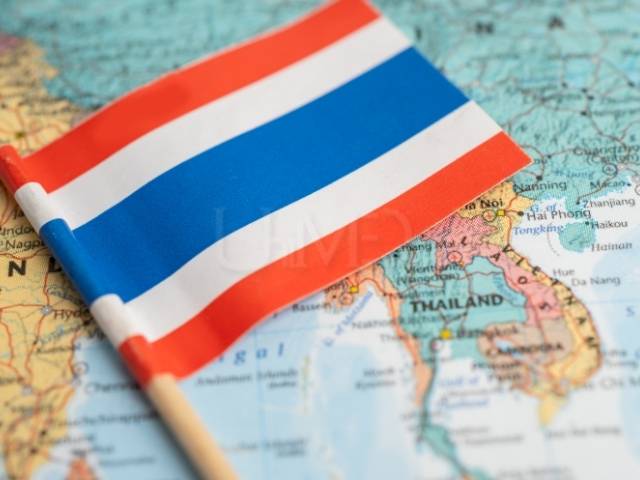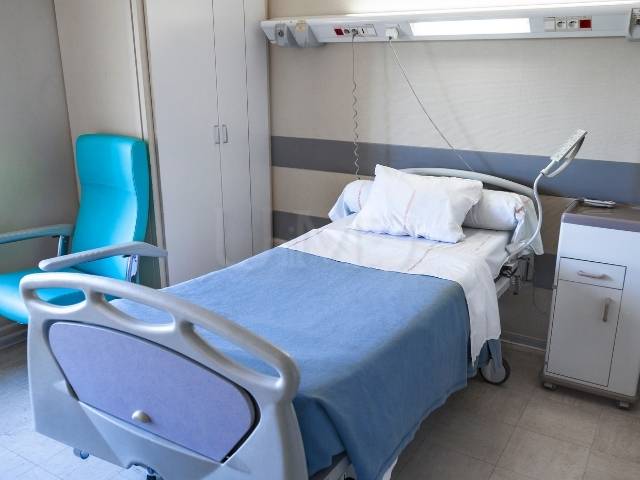Medical tourism in Thailand has grown significantly in recent years, and with good reason. Thailand is among Asia’s top tourist destinations; tourism contributes nearly 10% to the country’s GDP. From gastric sleeve to nose job in Thailand , tourists seek a wide range of medical services while on their trip here.
World Bank’s report of inbound travelers in Thailand states that over 24 million foreigners visited the country in 2014.
But what does that mean for medical tourism in Thailand?
It certainly means that people consider it a safe and inviting place to visit and possibly, thousands of them are interested in Thailand’s affordable medical care bundled with its warm hospitality.
But the medical tourism industry is still embryonic and there is no tangible data thus far.
The Kasikorn Reseach Centre (KResearch), which works closely with Thailand’s Ministry of Health, reports that during the year of 2015, 2.8 million medical tourists were treated at Thailand hospitals.
However, a report in the International Medical Travel Journal (IMTJ) questions those numbers as it publishes a much lower figure (about 40% of the above) given by the Tourism Authority of Thailand (TAT).

Given the fact that IMJT spells Kasikorn as Kasicom, and several other websites on the internet copy the incorrect and publish as it is, the validity of these reports remains questionable.
Even though the numbers of medical tourists cannot be firmly stated yet, foreigners planning a medical vacation in Thailand can rely on other, more important specifics.
The below facts and information should help you make an informed decision:
1. Hospitals & Recovery Centers in Thailand
39 Hospitals in Thailand have been accredited by the US Joint Commission International (JCI), which is considered the gold standard in global healthcare.
The JCI tests facilities for the quality of healthcare standards, risk reduction policies, patients’ safety, etc. and has a rather stringent screening process.
There might be clinics/hospitals that offer quality medical services for lower prices, but as an outsider a JCI-accredited facility is your safer bet.

Bangkok’s Bumrungrad International Hospital was Asia’s first to win JCI accreditation and has since set the tempo for quality and quantity of contemporary international healthcare throughout Asia.
The hospital has a million-square-foot complex in downtown Bangkok and employs over a thousand doctors in possibly every imaginable medical specialty.
The venerated Bumrungrad however, is the most expensive of Thailand’s top hospitals, which could make it relatively less popular with medical tourists who are primarily traveling for cost benefit.
Luckily, there is competition and Thailand has a number of hospitals including the Bangkok International Hospital, Bangkok Hospital Phuket, Samitivej Sukhumvit Hospital, Bangkok General Hospital, Yanhee International Hospital, among others that are vying for attention of foreign patients and have accordingly advanced over the years.
When it comes to recuperating, Thailand’s world-renown spas and wellness resort, many of which are set in splendid coastal surroundings, make it even more appealing to the medical tourist.
2. Thai Doctors
Thais are known for their warmth and hospitality but as a patient, I’d be more interested in the skills and experience of my doctor.

More than 500 doctors in the small country are certified by the American Board, which is definitely reassuring, as are most of the testimonials from patients who have been treated there.
All countries have different systems of medical education but certifications of expertise from international organizations help establish the fact that the doctor is aware of the international standards.
3. Visa for Medical Tourists in Thailand
People from 19 countries in Asia and Europe can get a Thailand visa on arrival.
Thailand’s forthcoming VISA EXEMPTION RULE allows tourists from 52 countries to enter without a visa and stay for 30 days, if they are entering the country via an international airport.
However, tourists entering Thailand for medical purposes must obtain a non-immigrant Visa (of category ‘O’), which requires proof that they’re receiving treatment from a licensed medical facility and gives then 90 days of stay pass in Thailand.
You can contact us via the form on the right for planning your medical trip to Thailand and getting the right kind of Visa.
Starting early 2013 medical tourists from GCC countries including Bahrain, Kuwait, Oman, Qatar, Saudi Arabia, and the UAE are allowed enter Thailand for 90 days without visa.
4. Communication in Thailand
English is not widely spoken, especially as you move farther away from the big cities. But Thailand is a tourist country and you can expect passable English at major tourist places—now including hospitals—and resort centers.
If, during your recuperative phase, you choose to visit any of Thailand’s gorgeous islands—Ko Samet, Ko Samui, Ko Phangan, Ko Tarutao, Ko Chang, Ko Tao, Ko Phi Phi—you will find English-speaking staff in most big resorts but when you step outside to indulge in local eateries and markets, do not expect English.
English in Thailand is not comparable to what you can expect in countries like India, where English arrived as a result of British colonization and continued to stay in the entire education system, including medical schools.
But the Thai are generally helpful, courteous people, who make an effort to help you with language as far as they can. And if you do find yourself in a place where they do not speak English, the following phrases may come in handy:
- Hello (and goodbye) – sah-wah-dee-kah
- Thank you – kope-koon-kah
- I’m sorry – kore-TOH-nah-kah
- How much is it? – toh-rye-kah
- How are you? – sah-bye-dee-mye-kah
- Good work! – geng mahk
- Delicious – ah-roi
- No problem/that’s ok/it doesn’t matter – Mye-pen-rye
- I like… Chop…
- I don’t like… Mye-chop…
- I want to go to.. Yaak pai Krab/Ka..
I believe as Thailand caters to a higher number of tourists every year, it is trying hard to make communication easy.
Thailand has already realized the importance of English, and even as I write this, there are hundreds of Thai students taking English lessons in India.
5. Most sought medical treatments in Thailand
Surrogacy and sex-change in Thailand might get the most media attention, but large numbers of medical tourists here also seek dental implants, cosmetic surgery, orthopedic treatments, and. cardiac surgery. Many foreigners also travel for affordable IVF in Thailand, as the doctors here are considered kind and very thorough with the patients.
Commercial surrogacy in Thailand for foreigners has been banned since February 2015, when an Australian couple abandoned their boy born with Down’s syndrome but took home his healthy twin sister.
Other procedures continue to grow in popularity amongst foreign tourists.
Conclusion
Thailand is among the places that provide the best value for money as it allows for savings of 40-70 percent on most medical procedures, particularly for people from first-world countries like the USA, UK, Japan, and EU.
The Asian financial crisis in the late 90s was hard on Thailand, which is when the government and business leaders decided to capitalize on the country’s first-rate medical infrastructure to attract foreign patients.
Over time, Thailand has recovered from the days of Baht crash and has built a worthy medical tourism destination. Its tourist count is growing every year, and as for the numbers of medical tourists, I will post as I find data that is more reliable.